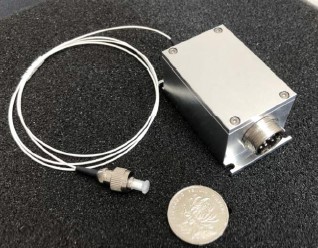Learn More About Fiber-Coupled Laser Diodes
These are laser diodes where the output is coupled into an optical fiber. The laser diode generates the light, and the fiber is used to deliver this light to the point of use. The benefits of a controlled light profile, system flexibility, integration with fiber-optic components, thermal management, and safety all apply to fiber-coupled laser diodes.
-
- It’s important to note that while fiber lasers also utilize optical fiber, the fiber in a fiber laser is doped with a gain medium, and the laser light is generated within the fiber. This differs from a fiber-coupled laser diode, where the laser light is generated in the diode and then coupled into the fiber for delivery.
This beam delivery method has several advantages that make fiber-coupled lasers a popular choice in many applications.
Controlled Light Profile:
One of the primary benefits of fiber-coupled lasers is their control over the light profile. The output light is circular, smooth, and has a consistent beam quality. This makes it easier to work with, especially in applications that require precision. The beam can be accurately focused onto a small area, allowing for high precision and control in tasks such as cutting and engraving.
System Flexibility:
Fiber-coupled lasers offer a high degree of flexibility. If a laser diode fails, it can be replaced without affecting the alignment of the entire system. This is a significant advantage in terms of maintenance and longevity of the system. Additionally, using fiber allows for remote delivery of the laser light, meaning the laser diode can be placed at a distance from the point of application.
Integration with Fiber-Optic Components:
Fiber-coupled lasers can be easily integrated with other fiber-optic components. This makes them a versatile choice for many applications. For example, they can be combined with fiber amplifiers to boost the power of the laser light or with fiber gratings to stabilize the wavelength of the laser light.
Thermal Management:
Fiber-coupled lasers also offer advantages in terms of thermal management. The fiber helps to dissipate heat generated by the laser diode, reducing the need for extensive cooling systems. This can be particularly beneficial in high-power applications, where managing heat is a significant challenge.
Safety:
The use of fiber in these lasers also adds an element of safety. The laser light is confined within the fiber, reducing the risk of accidental exposure to harmful laser radiation.
Our Fiber-Coupled Laser Diode Products
RPMC offers fiber-coupled laser diode packages in a wide range of wavelengths and output power options for various applications in the Defense & Aerospace, Industrial & Manufacturing, Medical & Healthcare, and Research & Biophotonics industries. With many wavelengths from the UV through the SWIR range, and output powers up to 100s of watts and even kW for our direct diode turnkey fiber-coupled lasers, we’re sure to have a solution that fits your needs among our standard and customizable products.
RPMC provides a large selection of fiber-coupled laser diode types:
-
- Single-mode and multimode laser diodes
- Single emitter and multi-emitter laser diodes
- Laser diode arrays (bars)
- Wavelength stabilized volume Bragg grating (VBG) and distributed feedback (DFB) laser diodes
- Multi-wavelength laser diodes
- Turnkey systems
Use the filters below to help narrow down your search or contact us to discuss your needs and let us help narrow down your search!
Fiber-Coupled Laser Diode Applications
Fiber-coupled laser diodes are widely used across various industries due to their numerous advantages. They offer a controlled light profile, system flexibility, easy integration with fiber-optic components, efficient thermal management, and enhanced safety.
In these sectors, fiber-coupled lasers are crucial for target designation, range finding, and countermeasures. They provide precise targeting and distance measurement capabilities, which are essential for modern defense systems. Additionally, their compact size and efficient thermal management make them ideal for use in aerospace applications where weight and space are at a premium.
- Industrial & Manufacturing:
Fiber-coupled lasers are widely used in materials processing tasks such as cutting, engraving, and welding. Their high precision and controlled light profile allow for accurate and efficient processing of a wide range of materials, from non-ferrous metals to plastics. Furthermore, their flexibility and easy integration with other systems make them a popular choice in automated manufacturing processes.
In the medical field, fiber-coupled laser diodes are used in a variety of therapeutic applications and surgical procedures. Their precise and controlled light output is ideal for delicate procedures such as laser eye surgery. Additionally, they are used in various therapeutic applications, such as photodynamic therapy for cancer treatment, where the controlled light profile allows for targeted treatment of cancer cells.
Fiber-coupled lasers play a crucial role in research applications such as spectroscopy and microscopy. Their high brightness and stable output make them ideal for these applications, where precise and consistent measurements are required. In biophotonics, they are used in applications such as fluorescence microscopy and flow cytometry, where their ability to produce specific wavelengths of light is essential.
How Can We Help?
If you have any questions, or if you would like some assistance choosing a fiber-coupled laser diode, please Contact Us here. Furthermore, you can email us at info@rpmclasers.com to talk to a knowledgeable Product Manager.
Alternatively, use the filters on this page to assist in narrowing down the selection of fiber-coupled laser diodes for sale. Also, head to our Knowledge Center with our Lasers 101 page and Blogs, Whitepapers, and FAQ pages for further, in-depth reading.
Finally, check out our Limited Supply – In Stock – Buy Now page: This page contains an ever-changing assortment of various types of new lasers at marked-down/discount prices.
Additional Resources
Blogs:
Whitepapers:

 SHIPS TODAY
SHIPS TODAY 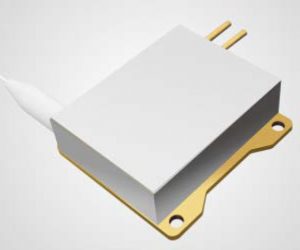

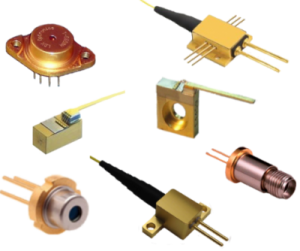

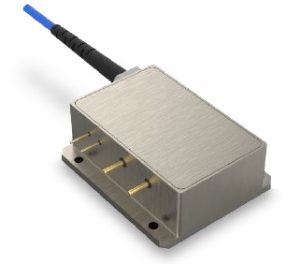

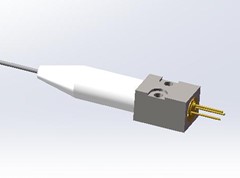
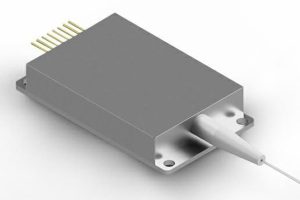
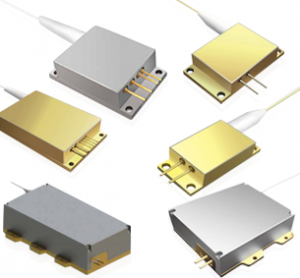
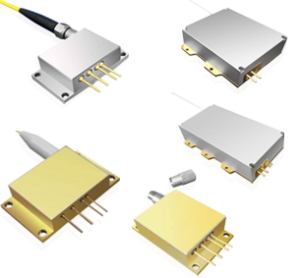

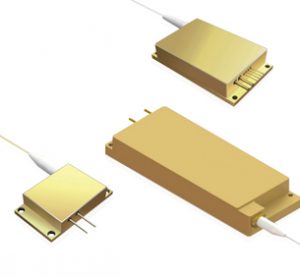
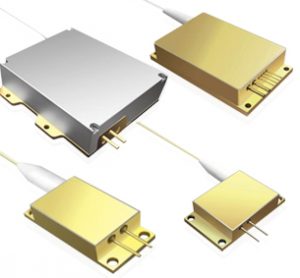

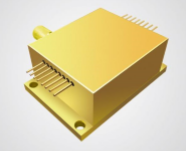

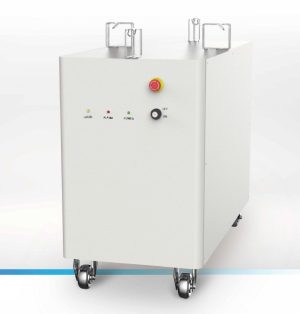



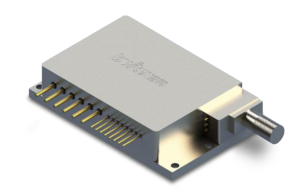
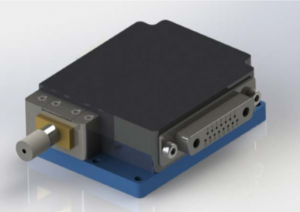
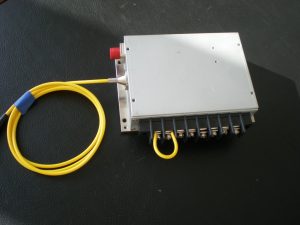
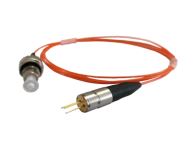
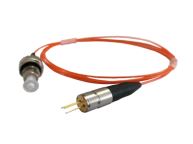
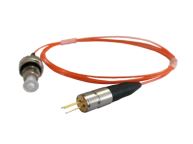
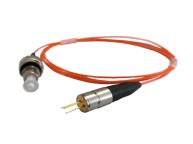
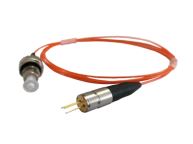

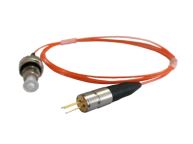
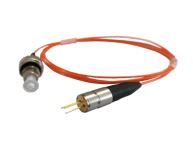
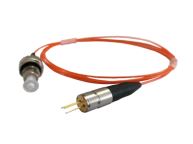
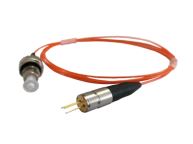
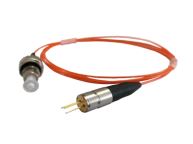
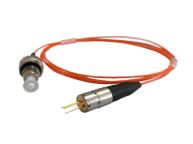
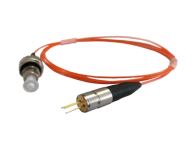
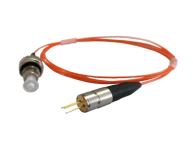
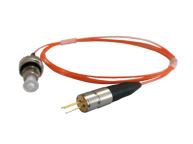
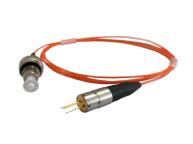
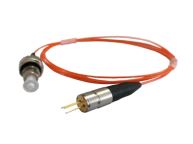
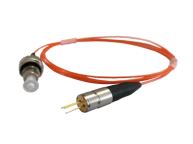
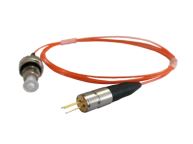

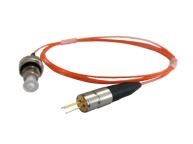
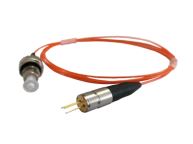

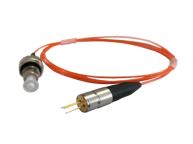
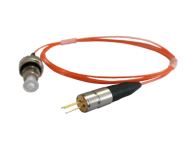
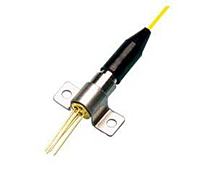




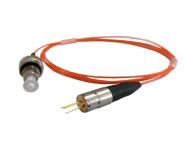
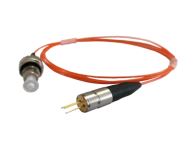
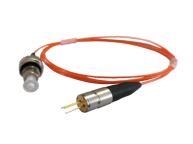
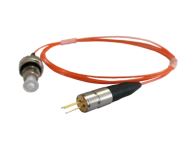
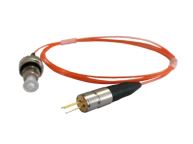
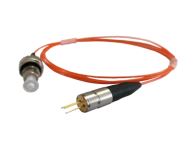

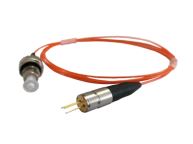
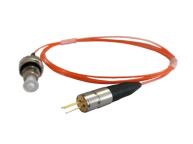

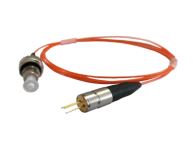
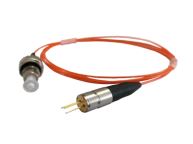
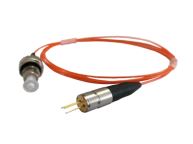
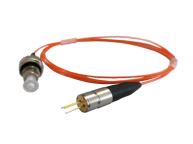
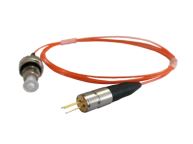
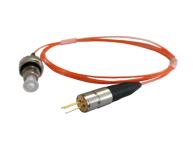
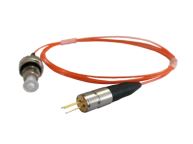
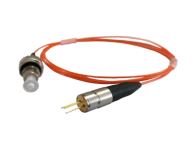
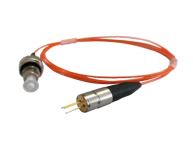
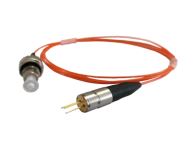
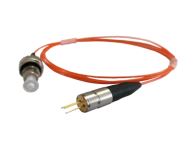
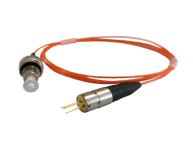

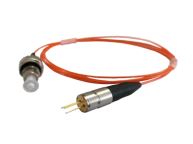
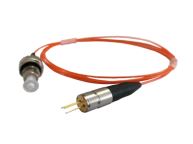
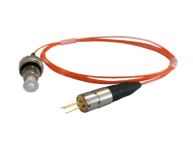
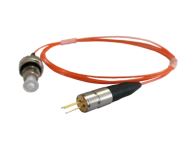
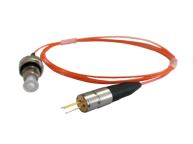
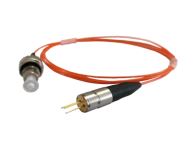
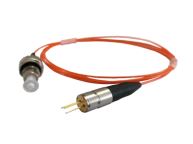
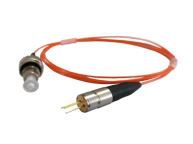
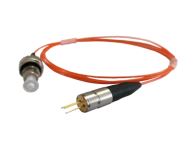
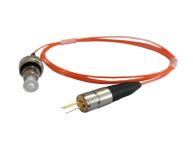

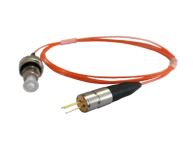
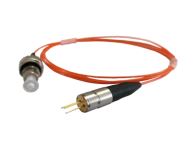
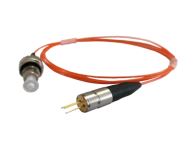
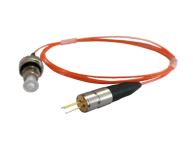
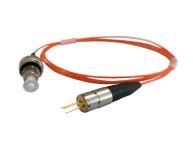
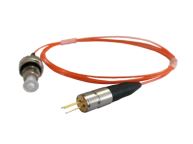
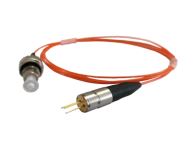
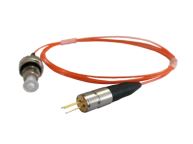
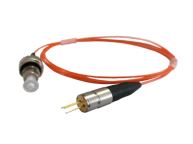
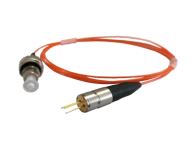
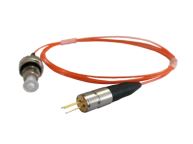
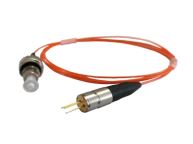
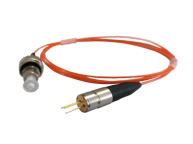
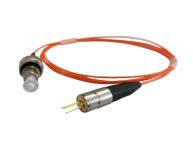
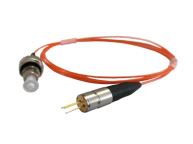
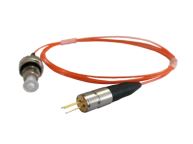
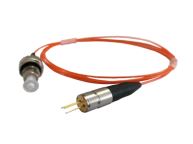
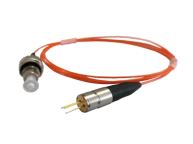
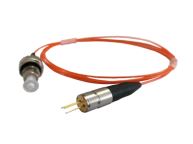
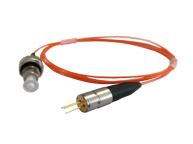
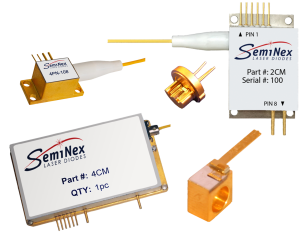
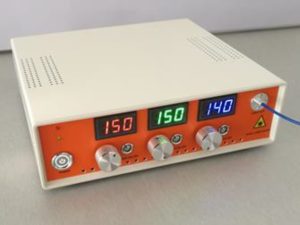
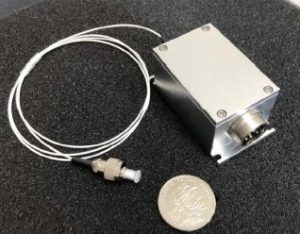
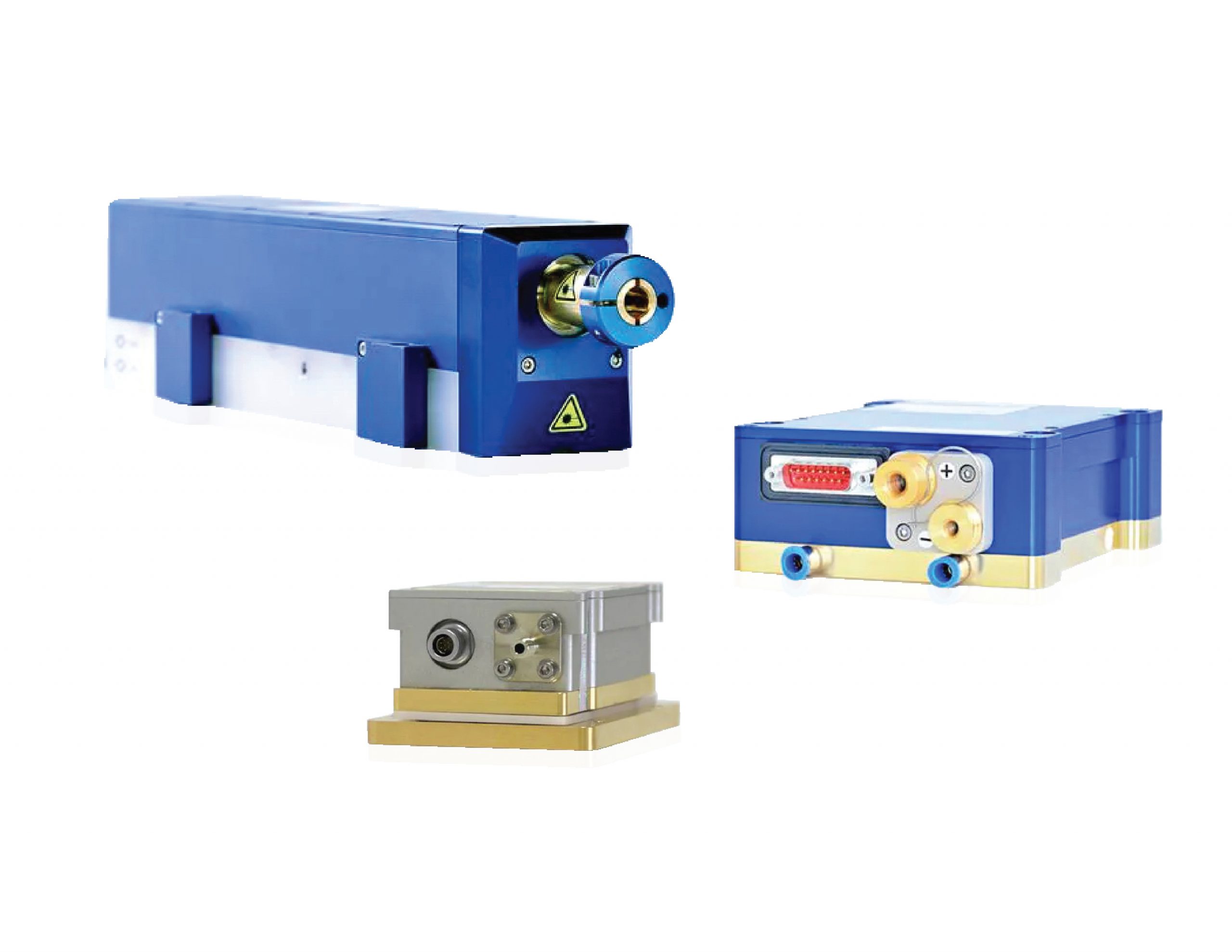
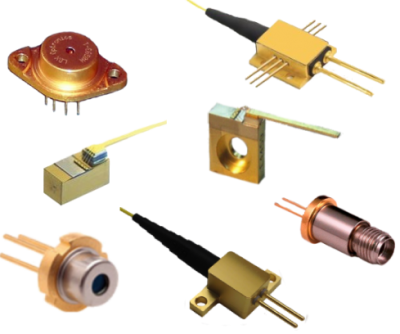
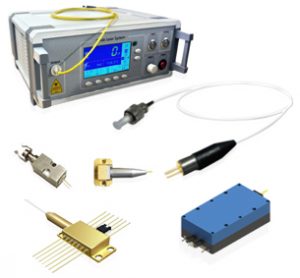
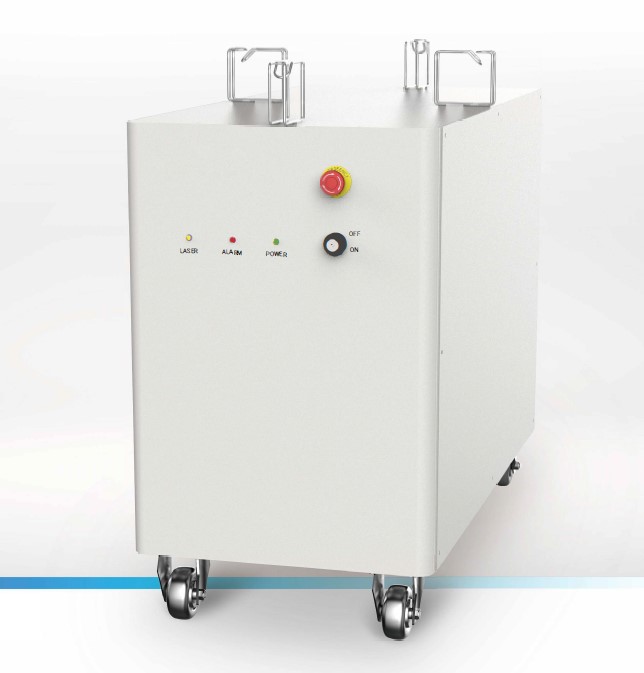 The RPKBDL Series is a high-power direct diode turn-key system available in wavelengths of 445nm, 915nm, or 976nm, providing up to 3kW of power and unprecedented brightness. Its pluggable design makes maintenance easy, avoiding troubles and high time costs caused by return-to-factory maintenance. The RPKBDL series results from continuous innovation, ensuring high technical strength and product quality. This highly customizable system allows us to meet our customers’ specific needs, providing high-quality products at reasonable prices.
The RPKBDL Series is a high-power direct diode turn-key system available in wavelengths of 445nm, 915nm, or 976nm, providing up to 3kW of power and unprecedented brightness. Its pluggable design makes maintenance easy, avoiding troubles and high time costs caused by return-to-factory maintenance. The RPKBDL series results from continuous innovation, ensuring high technical strength and product quality. This highly customizable system allows us to meet our customers’ specific needs, providing high-quality products at reasonable prices.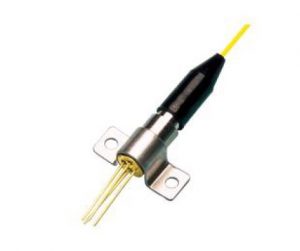
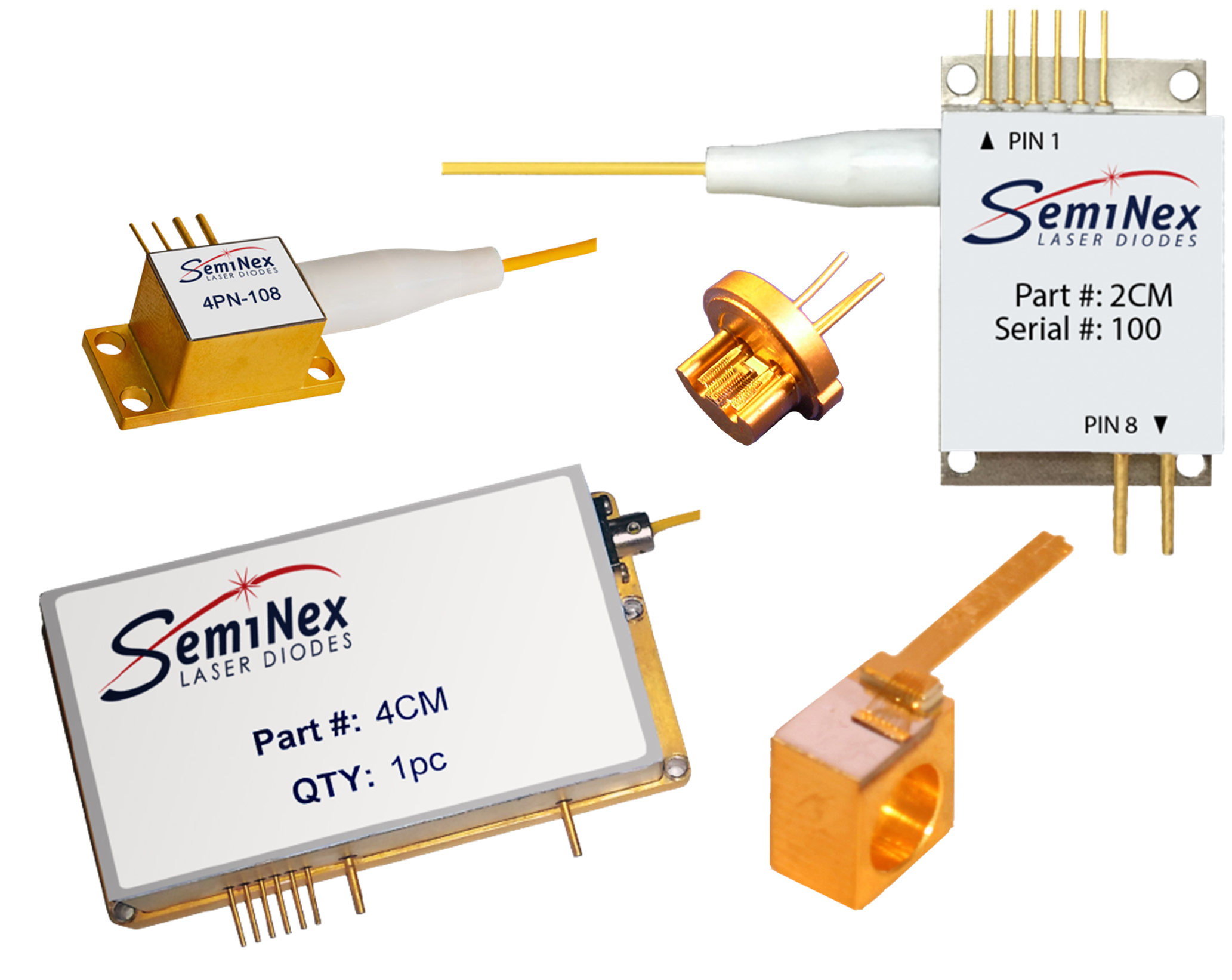 The SMX Series of US-made, high-power, thermally stable, and cost-effective InP laser diodes is available at 13XX, 14XX, 15XX, 16XX, and 19XX nm, perfect for medical, military, aerospace, LIDAR, free-space communications, and more! With a patented EPI structure, low-cost packaging, DFB & SOA configurations, ISO certified supply chain with full lifecycle traceability, focus on ease of integration, and custom design capabilities, this laser diode family is an excellent choice for reliable, high-power InP devices.
The SMX Series of US-made, high-power, thermally stable, and cost-effective InP laser diodes is available at 13XX, 14XX, 15XX, 16XX, and 19XX nm, perfect for medical, military, aerospace, LIDAR, free-space communications, and more! With a patented EPI structure, low-cost packaging, DFB & SOA configurations, ISO certified supply chain with full lifecycle traceability, focus on ease of integration, and custom design capabilities, this laser diode family is an excellent choice for reliable, high-power InP devices.